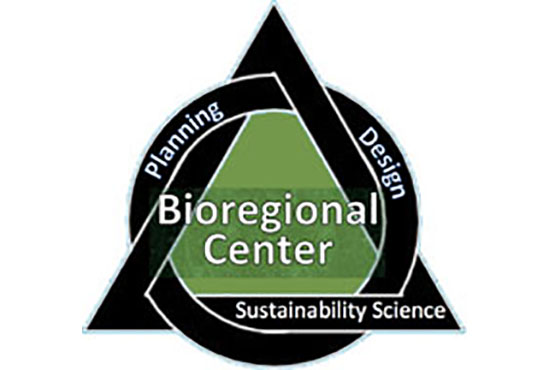Tree Mapping
Undergraduate class USP2 ‘Urban World System’, saw 92 students go into the field and collect data on trees. This data includes tree height, diameter, species and whether it is fruit or nut bearing. The system enables a differentiation and comparison of tree species allowing us to compare percentages of human edible food producing trees in a particular place from non-food producing trees in that same place using a range of bioregional significant socio-ecological metrics (e.g., tree equity, climate equity).
657 trees surveyed in total. ~50% of them are fruit or nut bearing.
This data on trees producing edible material connects to a highlight from reporting in March 2021:
“The Research Translation core launched a community survey in March, 2021. This survey looks at the urban foodscape present on the UC San Diego campus, with the potential to expand to the wider San Diego county and beyond if participation allows. The survey includes questions on concerns about toxicants in edible plant tissue, concerns about toxicants in soil and an evaluation of overall soil health. Initially the survey will be completed by 100+ undergraduate students as a pilot study. This survey can then be expanded to the wider university and even the wider San Diego region to capitalize on community science and increase engagement with at risk and potentially at risk communities. The data to be collected through the survey can add to existing data present on the RTC and EUC’s ArcGIS online folder (Aim 4). Data collected will be available here as it comes in, http://suave2.sdsc.edu/main/file=senseq_Foodscape_Survey.csv&view=grid.”
The survey conducted in Feb 2022 focused on trees in neighborhood parks in San Diego. Parks were selected based upon ‘tree equity’ scores, with high and low scoring parks prioritized in an effort to provide a comparative analysis. This work could be combined with soil testing capabilities provided by the XRF Tricorder to identify areas where superfund toxicants may be present in food bearing trees and recreational areas.
